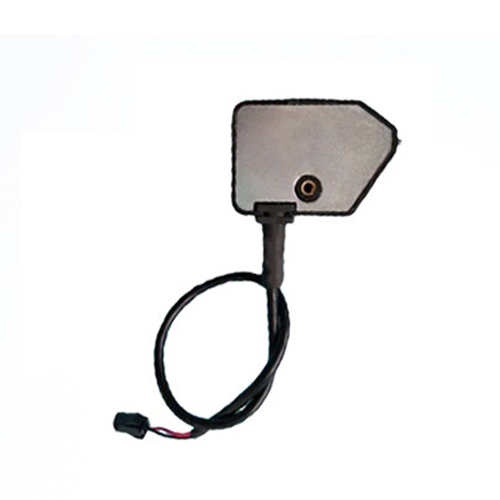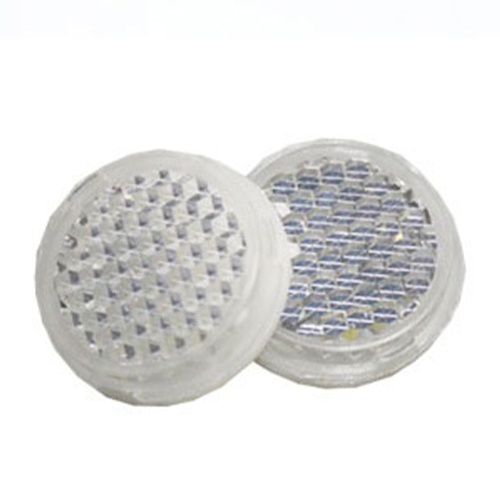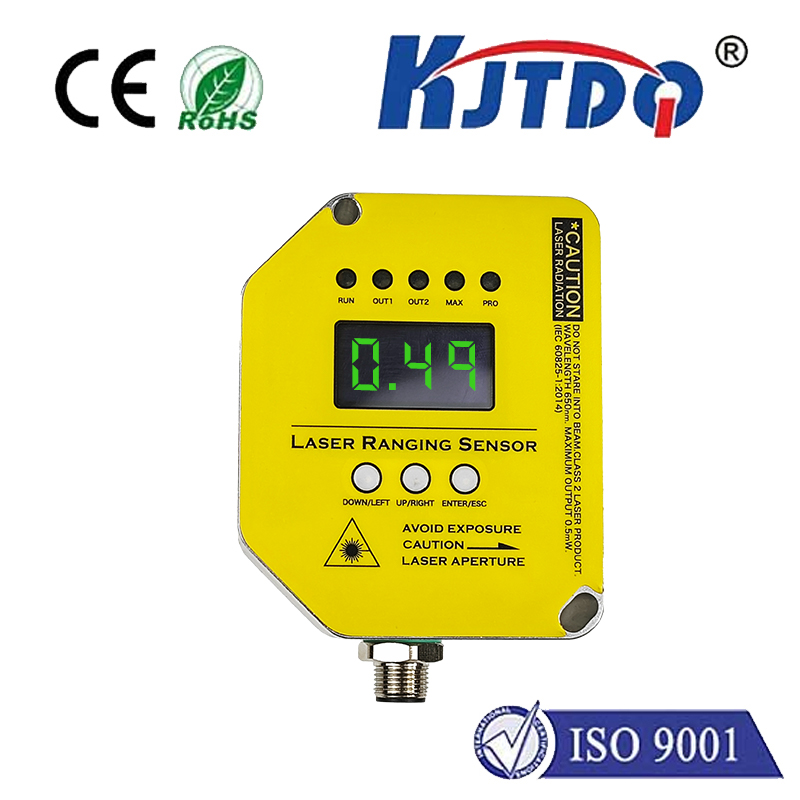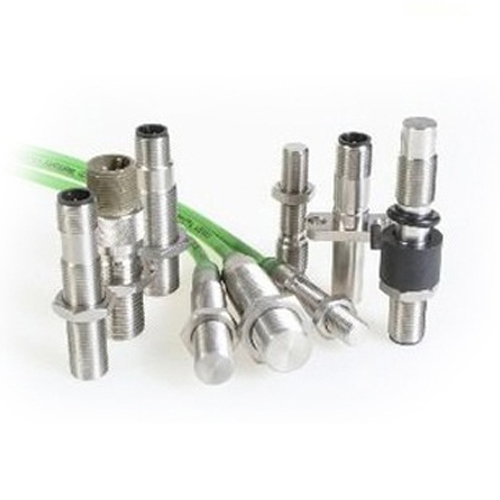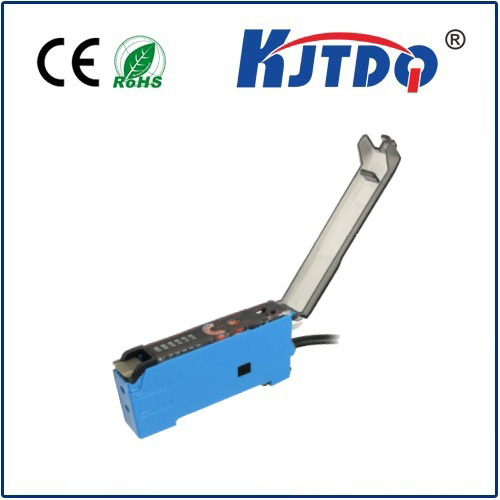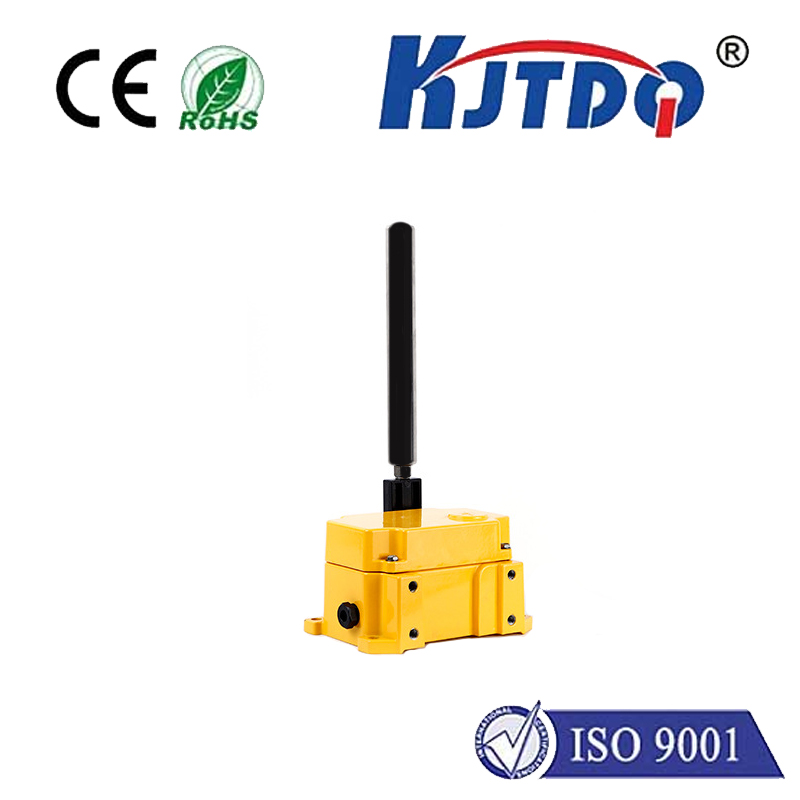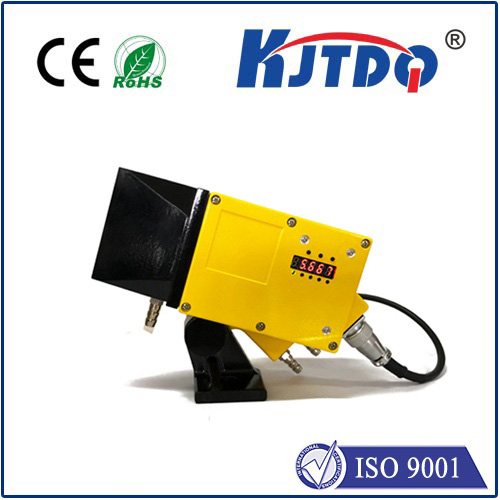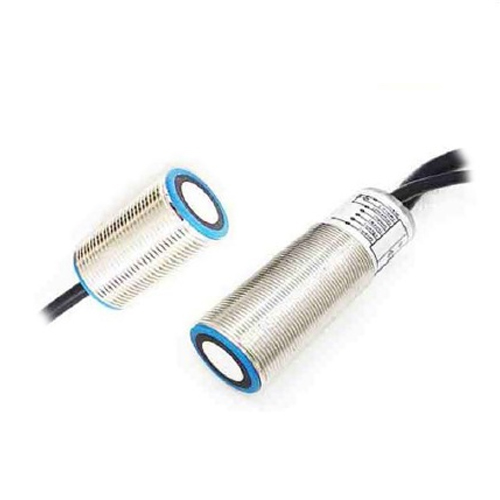T3-M08-IOL-V1131 proximity sensor
- time:2025-09-22 09:53:59
- Click:0
Unveiling the T3-M08-IOL-V1131: Precision Proximity Sensing for Demanding Industrial Environments
In the intricate ballet of modern automation and machinery, seeing isn’t always possible. But sensing presence reliably, without contact, is often absolutely critical. Could you imagine a production line grinding to a halt because a component wasn’t detected, or a robotic arm colliding with its surroundings? Enter the indispensable role of proximity sensors, specifically engineered solutions like the T3-M08-IOL-V1131 proximity sensor, designed to deliver robust, non-contact object detection where it matters most.
Understanding the Core: What is a Proximity Sensor?
At its essence, a proximity sensor detects the presence or absence of an object within its sensing range without requiring physical contact. It achieves this feat through various physical principles, the most common for metallic objects being inductive sensing. Inductive proximity sensors generate an electromagnetic field. When a metallic target enters this field, it induces eddy currents within the target itself. These eddy currents cause a measurable change in the sensor’s internal oscillation circuit, triggering an output signal – confirming the object’s presence. The significant advantage is the complete elimination of mechanical wear and tear, leading to vastly superior longevity and reliability compared to mechanical switches.
Decoding the T3-M08-IOL-V1131: Industrial Workhorse
The designation “T3-M08-IOL-V1131” isn’t arbitrary; it typically signifies specific characteristics inherent to industrial-grade components:

- T3 & M08: These prefixes often relate to the form factor or mounting style. An M08 threaded barrel housing (approximately 8mm diameter) is a common, compact design favored for easy installation in tight spaces. The “T3” may indicate a specific housing variant or sensor series within the manufacturer’s lineup.
- IOL: This frequently denotes the connection type – M8 connector, featuring 3 pins (Inductive, Open collector PNP, Lever/plug). This standardized connector simplifies wiring harness integration and replacement.
- V1131: This suffix commonly identifies a specific sensor model within the series, implying particular performance parameters like sensing distance, output configuration, operating voltage, environmental rating, or additional features.
Therefore, the T3-M08-IOL-V1131 proximity sensor represents a specific model of inductive proximity sensor designed for industrial use, featuring a compact M8 threaded barrel body and an industry-standard M8 connector plug.
Key Capabilities and Applications: Where the T3-M08-IOL-V1131 Excels
Engineered for the rigors of factory floors and machinery, the T3-M08-IOL-V1131 proximity sensor typically boasts features essential for reliable operation:
- Robust Construction: Built to withstand the harsh realities of industrial settings, including vibration, mechanical shock, and exposure to common cutting fluids or coolants.
- Industrial-Grade Protection: Featuring high IP ratings (e.g., IP67 or higher), ensuring reliable operation despite ingress from dust, dirt, and water splashes or even temporary immersion. This resilience is non-negotiable for dependable performance.
- Non-Contact Detection: As a core feature of all proximity sensors, the T3-M08-IOL-V1131 detects metallic objects without physical contact. This eliminates wear on both the sensor and the target, drastically reducing maintenance needs and downtime.
- High Switching Frequency: Capable of detecting rapid object movements, making it ideal for high-speed applications like counting parts on fast-moving conveyor belts or monitoring rotating machinery components.
- PNP Output: The “P” in “IOL” typically indicates a PNP (sourcing) transistor output configuration, commonly used with modern PLCs and control systems requiring a positive signal upon detection. It provides a clear, electrical signal indicating target presence.
- Specific Sensing Range: While exact range depends on the model (V1131 variant), inductive M8 sensors typically offer sensing distances ranging from 1mm to 2mm for standard steel targets. Precise range specifications are critical for correct application.
- Temperature Resilience: Designed to operate reliably across a wide industrial temperature range, often from -25°C to +70°C or beyond, ensuring functionality in demanding climates like foundries or refrigerated warehouses.
Real-World Impact: Where You’ll Find This Sensor
The T3-M08-IOL-V1131 proximity sensor finds its purpose across countless industrial domains:
- Assembly Lines & Conveyors: Detecting part presence, counting components, verifying correct positioning before an operation, and triggering sorting mechanisms. Ensuring smooth, synchronized flow.
- Packaging Machinery: Monitoring carton presence for filling, detecting labels, confirming cap placement, and ensuring product position before sealing.
- Material Handling (AGVs, Transfer Cars): Providing position feedback, detecting end-of-travel limits to prevent collisions, and confirming pallet presence.
- Machine Tools: Monitoring tool changer position, confirming workpiece clamping, detecting spindle position, and ensuring guards are closed.
- Robotics: Used as end-effector tooling presence sensors, verifying workpiece grasp confirmation, or detecting nearby obstacles for basic collision avoidance.
- Hydraulics & Pneumatics: Detecting cylinder piston position (end of stroke or mid-stroke) for precise control sequences.
- Process Control: Level detection of conductive liquids in tanks (using specialized floats) or verifying valve positions. Its reliability in harsh environments makes it suitable for challenging process areas.
Why Precision Matters: The Value Proposition of Sensors like the V1131
In automated systems, sensing is the foundation of control and safety. A malfunctioning sensor can lead to:
- Production Stoppages: Undetected missing parts cause machines to halt unexpectedly.
- Product Damage: Misaligned components processed incorrectly.
- Equipment Damage: Robots or machinery colliding due to missed position signals.
- Safety Hazards: Failure to detect unsafe conditions like guard positions.
The T3-M08-IOL-V1131 proximity sensor, with its proven inductive sensing technology, rugged M8 barrel construction, high IP rating, and reliable PNP output, directly addresses these risks. It provides dependable, high-speed, non-contact detection, fundamental to maximizing operational efficiency, minimizing costly downtime, protecting valuable machinery, and enhancing overall safety protocols. Choosing components like the V1131 sensor is an investment in system resilience and productivity.
Implementing with Confidence: Key Considerations
When deploying sensors like the T3-M08-IOL-V1131 proximity sensor, a few critical factors ensure optimal performance:
- Target Material: Inductive sensors primarily detect ferrous metals (steel, iron). Detection distance reduces significantly for non-ferrous metals (aluminum, brass, copper) and is non-existent for non-metallic materials. Always verify material compatibility.
- Sensing Distance: Carefully select the sensor model based on the required nominal sensing distance (Sn) for your application, considering installation tolerances and target characteristics. Do not operate at the absolute maximum range for critical detection.
- Mounting: Ensure proper alignment and secure mechanical mounting to prevent vibration-induced errors or physical damage. Consider flush or non-flush mounting specifications.
- Environmental Factors: While highly resilient, be aware of extreme contaminants (e.g., heavy oils, metal swarf buildup) or intense electromagnetic interference (EMI) that might necessitate specialized sensors or shielding.
This fusion of precision detection, industrial toughness, and standardized connectivity embodied by sensors like the T3-M08-IOL-V1131 proximity sensor forms a cornerstone of modern industrial automation. It’s the reliable, unseen sentinel ensuring processes run smoothly, efficiently, and safely, one non-contact detection at a time.













